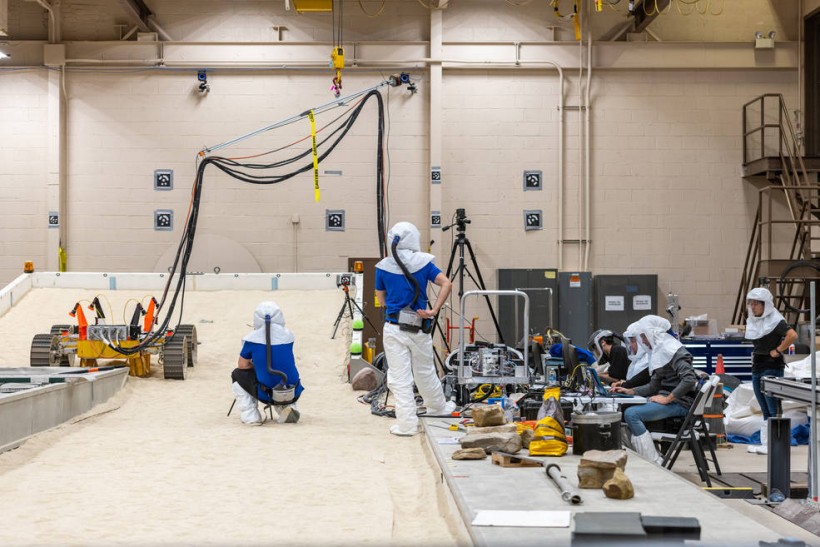NASA has chosen 12 companies to develop new technologies and capabilities that are essential to its Moon to Mars mission. Under the Announcement of Collaboration Opportunity (ACO) for 2022, NASA has selected 16 proposals from these companies.
The proposals include the testing of a new lunar rover tire design, the development of a robotically assembled power system, and the creation of an electrically actuated device to join in-space propellant transfer lines, among others.

Space Act Agreements
NASA has decided to make its exclusive facilities and technical know-how available through unfunded Space Act Agreements, which will enable the agency to offer direct support to the advancement of promising technologies without any money exchange.
It is anticipated that this partnership will be advantageous not only for the agency's objectives but also for the aerospace industry as a whole.
"By sharing our knowledge and facilities with US companies, NASA helps mature capabilities that promise to benefit our objectives and the entire aerospace industry," said Jim Reuter, the associate administrator for the Space Technology Mission Directorate (STMD) at NASA headquarters.
These awards allow us to work with both small and large companies to advance some of the most crucial technologies for future exploration."
The 16 proposals are grouped by company, and each proposal will be led by a diverse array of businesses, including small and large companies. The proposals will develop a broad range of technologies.
NASA's Partners
Some of the selected proposals include the following:
NASA has partnered with Venturi Astrolab to showcase a robust lunar rover tire that can withstand extremely cold temperatures. This collaboration with NASA's Glenn Research Center in Cleveland and Johnson Space Center in Houston could enable mission planners to explore more lunar regions with rovers and allow for longer travels.
In a separate project, Psionic will work with NASA's Langley Research Center in Hampton, Virginia, to expand the use of Navigation Doppler Lidar, a tried-and-tested landing technology, to measure wind.
The collaboration aims to modify the technology for various new applications, including real-time air traffic management using a satellite constellation and providing enhanced data to assess the climates of Earth and Mars.
Lockheed Martin will develop in-space manufacturing technologies for thermoplastic composites, which is a cost-effective material that requires less energy to produce in space compared to metal.
The company plans to test the technique in simulated space environments with the collaboration of several NASA centers.
STMD has backed over 75 ACO projects, including the newly awarded ones, since the first ACO in 2015. The duration of each agreement will be negotiated, but it is expected to last between 12 and 24 months.
The agency is estimated to provide resources worth approximately $14.5 million to support the agreements.
Other companies that have been chosen by NASA include Blue Origin, The Boeing Company, Maxar, Phase Four, Aerojet Rocketdyne, and many more.
Related Article: Asteroid Didymos' Spinning Activity Confuses NASA; New Study Shows Rock Completes Rotations in Just 2 Hours!









